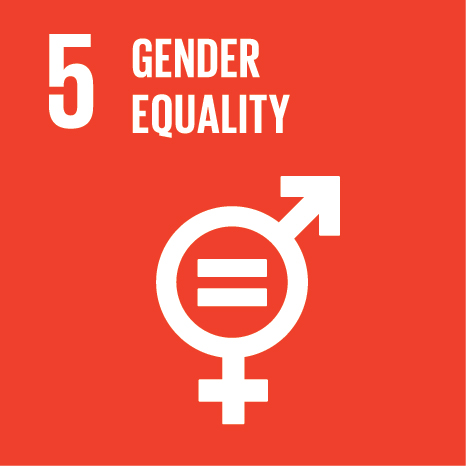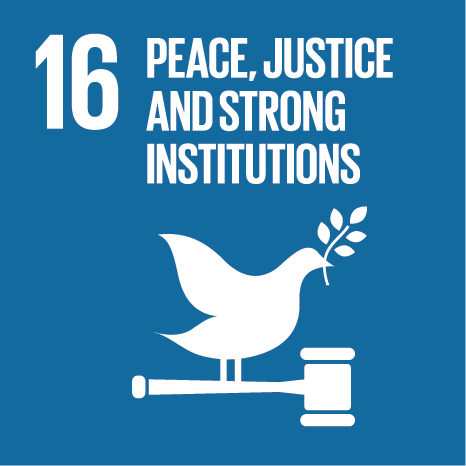Ciência_Iscte
Publications
Publication Detailed Description
Pictorial campaigns on intimate partner violence focusing on victimized men: a systematic content analysis
Journal Title
Frontiers in Psychology
Year (definitive publication)
2020
Language
English
Country
Switzerland
More Information
Web of Science®
Scopus
Google Scholar
This publication is not indexed in Overton
Abstract
Men who are victimized in their intimate different-sex (DS) and same-sex (SS) relationships often report not having information to help them escape their abusive situations. To overcome this lack of information, public awareness campaigns have been created. But thus far, there is no clear understanding of how these campaigns reflect
theoretical principles central to improve message effectiveness and avoid undesired negative effects. This study aims to review the content of intimate partner violence (IPV) pictorial campaigns focusing on victimized men in DS and SS relationships. Specifically, it aims to understand the campaigns’ global characteristics and if their content represents constructs from different theoretical models. Online search engines were used to extract pictorial campaigns in English, Spanish, and Portuguese, released up until 2019. They must have had to be promoted by a formal organization, and were coded according to a theoretically grounded taxonomy, using thematic analysis. Our
results indicate that out of the 57 campaigns collected, most were aimed at men without specifying the relationship they were in (i.e., DS or SS) (n = 22, 39%) and intended to change attitudes, beliefs, and behaviors about IPV (in line with the Theory of Planned Behavior) (n = 47, 82%). Additionally, four campaigns adequately integrated
fear appeal constructs of the Extended Parallel Processing Model (n = 4, 7%), while 41 campaigns highlighted dissonant states in line with the Elaboration Likelihood Model (n = 41, 72%). Following the Transtheoretical Model, most campaigns targeted victims in the Maintenance stage (n = 52, 92%). The campaigns under analysis may prove useful for some victimized men, mostly presenting messages designed to elicit a beneficial attitude and behavior change. Our analysis highlights different limitations as well, such as the lack of information on susceptibility to IPV (n = 13, 23%) and the effectiveness of the recommended responses that the campaigns provide (n = 20, 38%), which may interfere with adequate fear appeal processing. Additionally, presenting more diverse
victims may be beneficial, along with social norms change information regarding gender roles, violence, and help-seeking. This may guide the development of improved and tailored campaigns to better facilitate help-seeking in victimized men that mostly avoid undesired negative effects on the viewer.
Acknowledgements
--
Keywords
Intimate partner violence,Victimized men,Pictorial campaigns,Prevention,Help-seeking
Fields of Science and Technology Classification
- Psychology - Social Sciences
Funding Records
| Funding Reference | Funding Entity |
|---|---|
| PD/BD/135441/2017 | Fundação para a Ciência e a Tecnologia |
| UID/PSI/03125/2019 | Fundação para a Ciência e a Tecnologia |
Contributions to the Sustainable Development Goals of the United Nations
With the objective to increase the research activity directed towards the achievement of the United Nations 2030 Sustainable Development Goals, the possibility of associating scientific publications with the Sustainable Development Goals is now available in Ciência_Iscte. These are the Sustainable Development Goals identified by the author(s) for this publication. For more detailed information on the Sustainable Development Goals, click here.

 Português
Português




